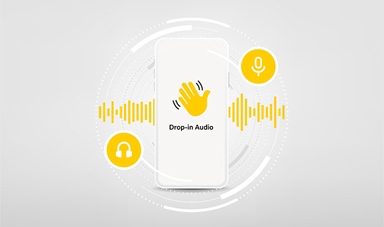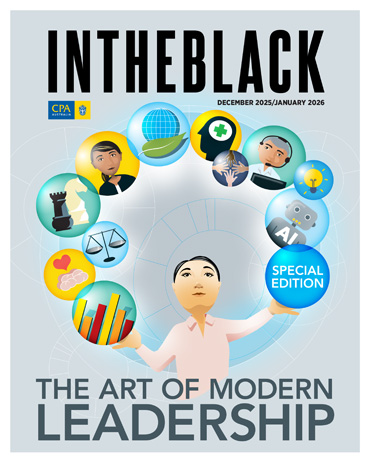Loading component...
At a glance
For those experiencing Zoom fatigue, and those weary of expressing themselves in 140 characters or emojis, audio social networks are the new hotspots for meaningful conversations.
Clubhouse, an invitation-only audio social network, has attracted millions of participants eager to gather and listen in on endless streams of conversations involving high-profile participants such as Elon Musk, Mark Zuckerberg and Oprah Winfrey.
Similar audio social networks – including Discord, Swell and Cappuccino – aim to recreate spontaneous and fleeting social media interactions in an audio format.
Even Twitter has jumped on the bandwagon with the release of Spaces, an audio chat room, as an “experiment focused on the intimacy of the human voice”.
Marketing strategist Nicola Moras says the reason for the rapid growth of audio social networks like Clubhouse is the desire for real, authentic conversations.
“Typically, with social media there's a barrier to being able to really connect with the person, that is also the brand,” Moras says.
“For example, unless a celebrity or a brand is doing a livestream, it’s difficult to know whether the content on their Facebook page or the comments are being made by them or not,” Moras says.
“Audio conversations feel more authentic than other social media experiences, like Facebook and Instagram, because you can hear the person’s voice and emotion, and feel the connection in real-time,” she says.
“The engagement is more real for the audience because no one else can create content on behalf of a person or celebrity in a live, audio format.”
Moras highlights the following ways professionals, small business owners and brands can benefit from audio social media networks.
Interactive audio experience: “Unlike a podcast or a media interview, your audience can talk back to you in real time, which leads to higher engagement than other social media platforms. The two-way conversation makes the experience more real for the audience.”
Real-time feedback: “You can actually get feedback within minutes with real-time conversations happening on audio social networks.
For example, Clubhouse rooms can be used as a research tool to get real-time, immediate feedback on new products and marketing campaigns, among other things.”
Generate leads: “In an audio chat room, make sure you let your audience know how they can continue the conversation with you via other social platforms like Instagram and LinkedIn.
For example, a service-based business provider can have an email capture link in their Clubhouse bio to gather email addresses or ask the audience to download a free resource from their website.”
Getting started with audio for social
Moras recommends using a strategic approach to getting started with audio social networks.
“I don’t believe you have to be on all the social media networks, but if you choose to start with Clubhouse or any other audio social networks, you must aim to make the experience compelling and engaging for your audience,” she says.
Engage with your audience: “People on social media have a short attention span. If you know the speaker, you're likely to sit and listen for an extended period of time.
“But if you get a notification that somebody is live, or you can see that they've started a room, most people will listen for maybe not even 10 seconds.”
Moras recommends being mindful about where the conversation is going, acknowledging and welcoming new participants, and recapping what has happened regularly, for people dropping in and out of conversations.
Be real: “You want to be authentic. You want to be interesting and really make sure that you know what you're talking about,” Moras says.
“One of the things that you can do, that I've seen work brilliantly for quite a number of people, is keeping it really conversational.
“It’s also a bonus that on audio-only platforms you don’t have to worry about looking your best, and you can be more informal and unscripted in your dialogue.”
Schedule an event: Scheduling in time for an audio chat is an excellent way to maximise an audience and build trust by encouraging a two-way conversation.
“Set a time and date and send out invitations. Let people know how long they can expect the event to go for,” Moras suggests.
“For example, an accounting and finance professional can host information evenings to share information and take live questions from the audience,” she says.

